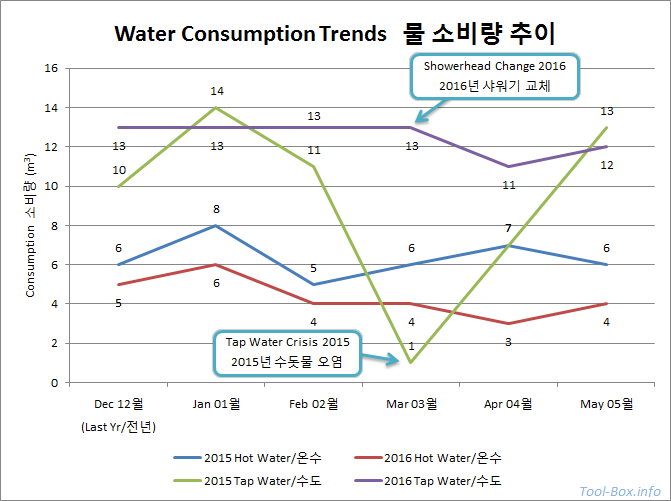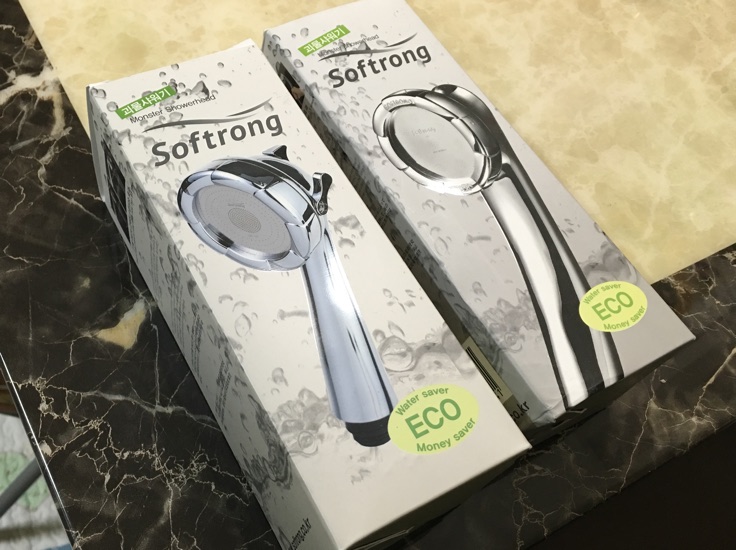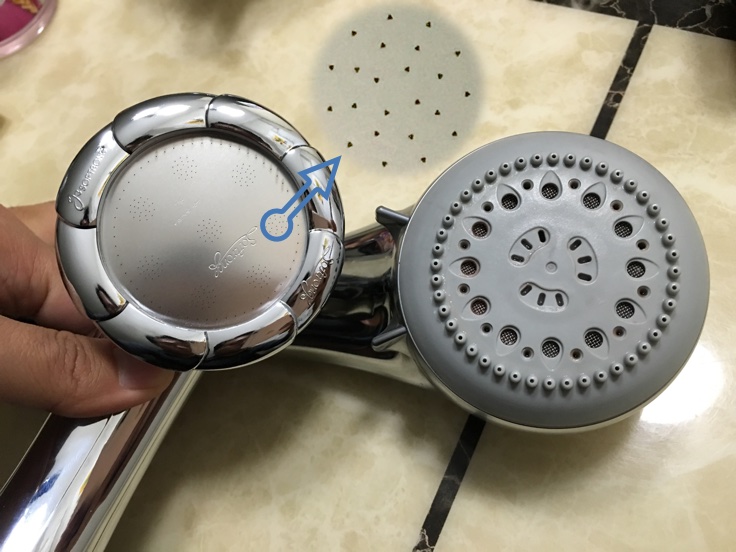Today's "The Toon-Box"
Posted by Wesley on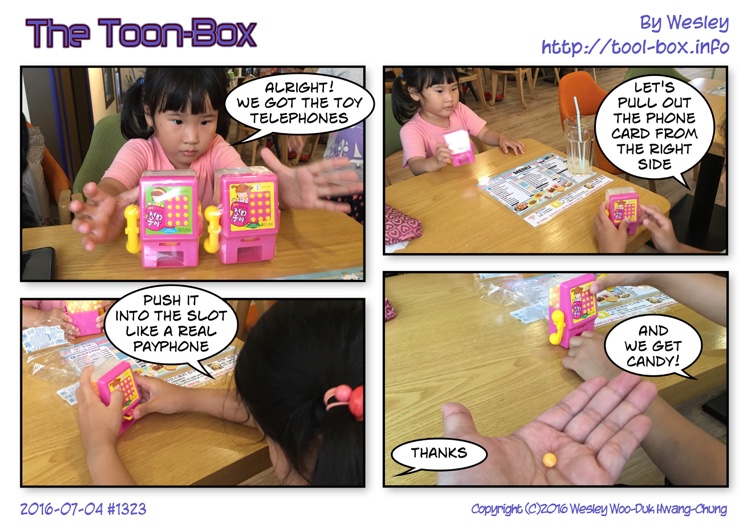
Defined tags for this entry: candy dispenser, Celine Chung, Hayun Chung, kids cafe, Naju, telephone, toy

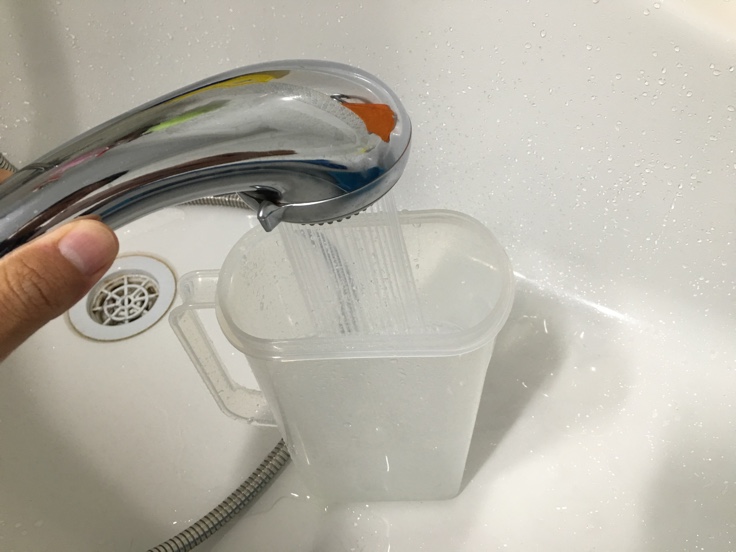
| Shower Head Name |
Room | Consumption (ml/sec) | |||
|---|---|---|---|---|---|
| 100% | 50% | 25% | 13% | ||
| (Default Head) | 1 | 202 | 180 | 124 | 84 |
| Softrong SH-50 | 109 | 106 | 82 | 35 | |
| (Default Head) | 2 | 200 | 199 | 177 | 124 |
| Softrong SH-50 | 101 | 101 | 99 | 75 | |
| Kitchen Faucet Name |
Mode | Consumption (ml/sec) | |
|---|---|---|---|
| 100% | 50% | ||
| (Default Faucet) | Default | 120 | 100 |
| Softrong SKJ-60 | Spread | 49 | 44 |
| Middle | 96 | 76 | |
| Focused | 107 | 80 | |
